Imagine if you will
- You want to motorise your old telescope, you have a 3D printer so form factor is not an issue, ideally the motors could be integrated to the parts attaching themselves to the telescope, you know the power and steps/resolution you need, but not how to make the motors. This calculator will evaluate the required parameters based on available data and also show how to make the motor without having to think about the air permittivity, coil capacitance, motor inductance...
- You want to build a personal wind turbine as a project to power some electronics in the middle of nowhere where solar energy is not an option, you can either integrate the first motor you find or you can print an outrunner motor having the blades on the rotor, you enter the power and size requirements and get printable files that come close to what you expect and need.
All parameters shall be left free or have a default realistic value, the different default parts shall be commercially available, for example: motor coil diameter, magnet parameters...
Since brushed motors are kind of annoying to make the calculator will first focus on brushless types, synchronous (with magnets on the rotor) and asynchronous (without any magnets).
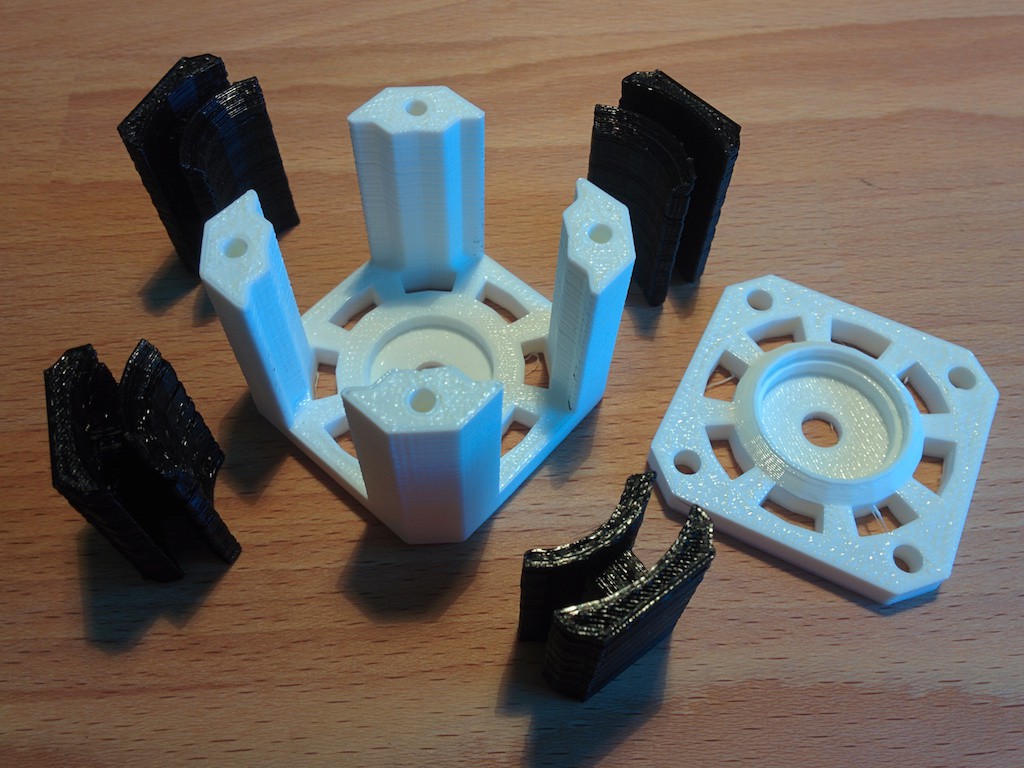

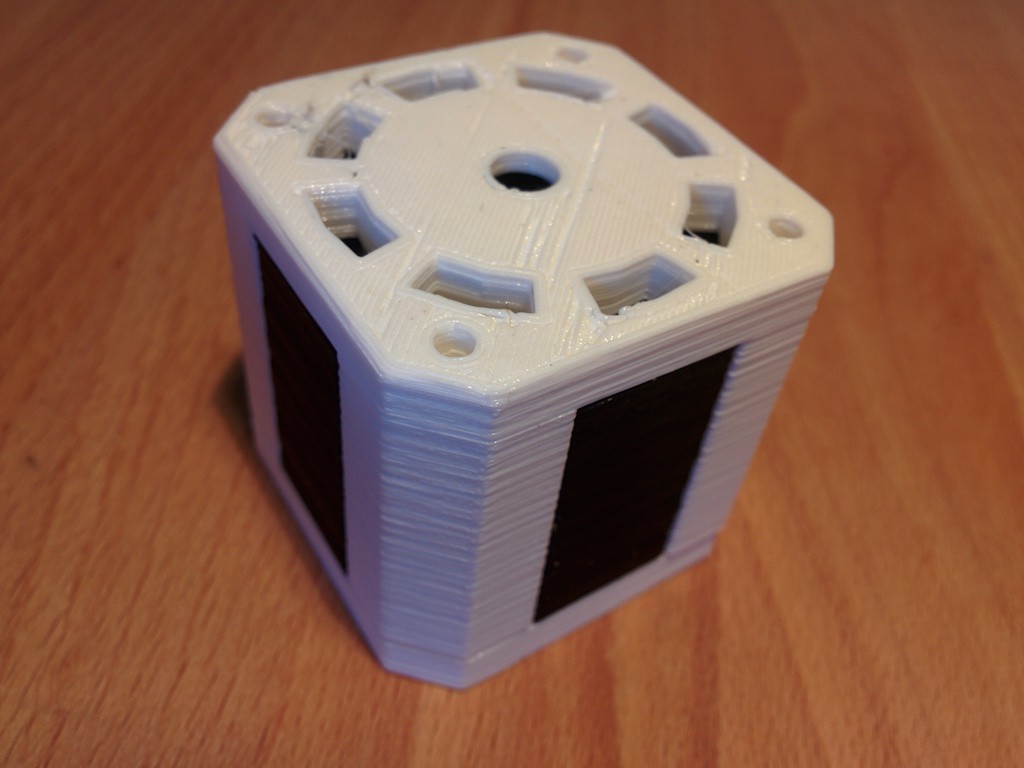
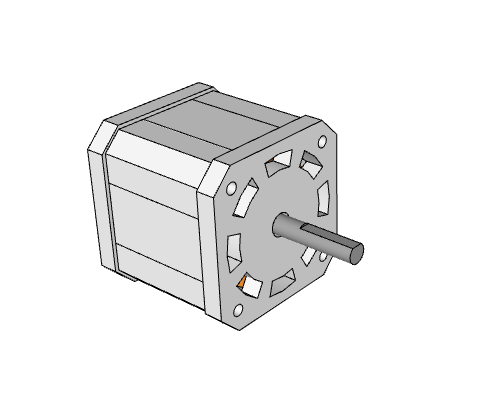
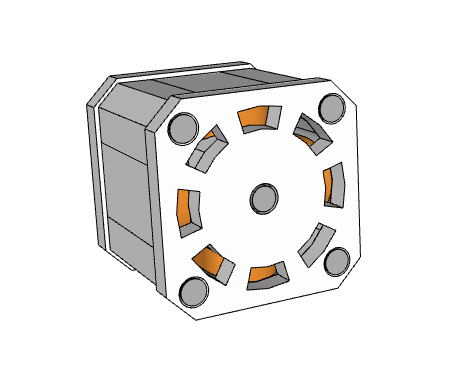
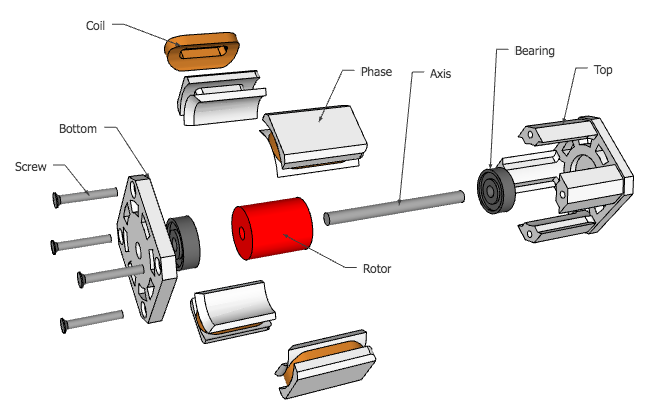
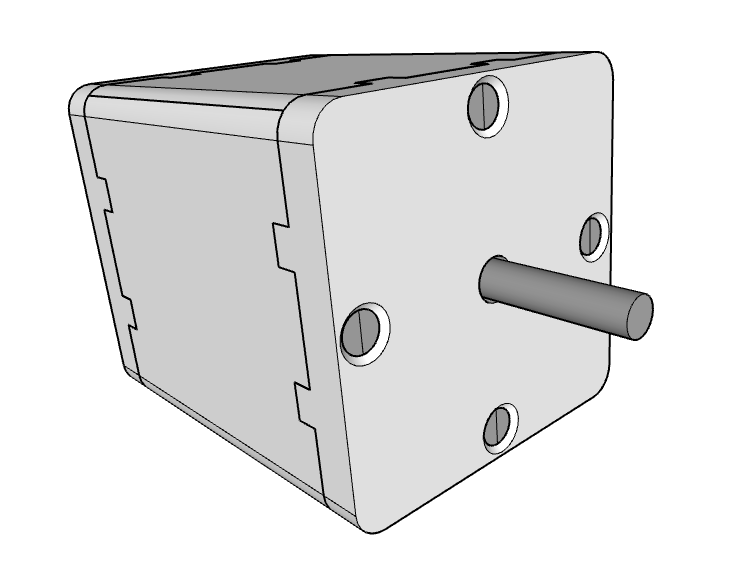 Fig. 1:
Fig. 1: 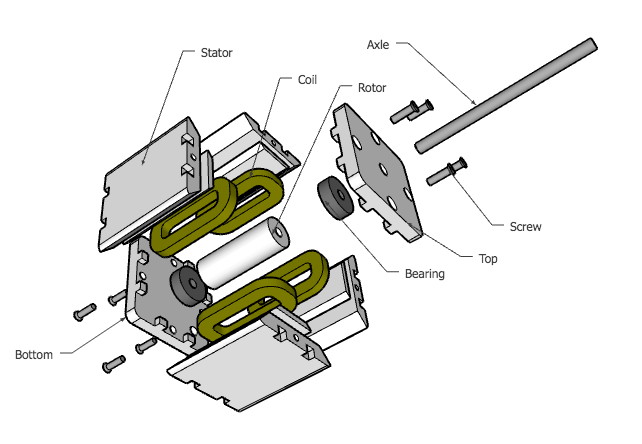 Fig. 2: Exploded view of all the parts.
Fig. 2: Exploded view of all the parts.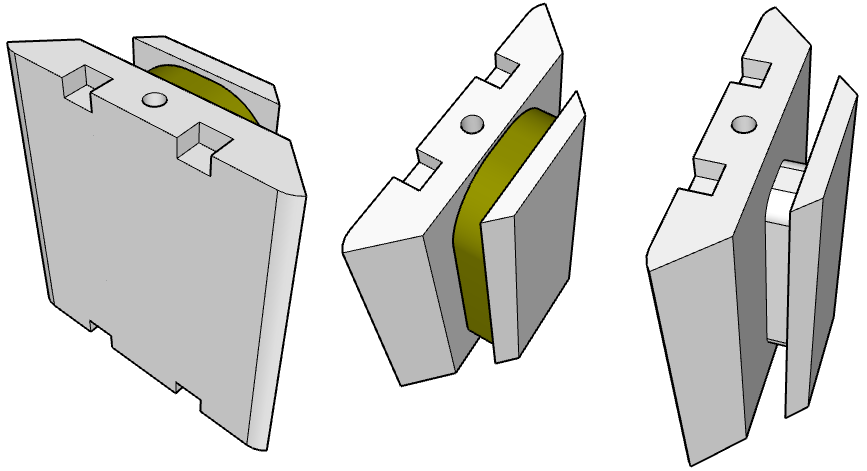 Fig. 3: Rotor.
Fig. 3: Rotor.


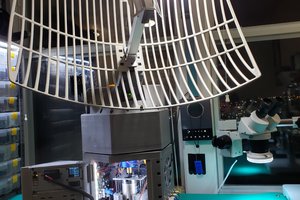
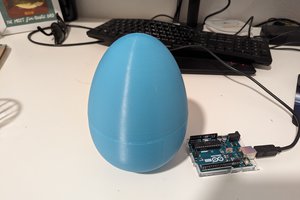
 Krockwell
Krockwell
 lossstarry
lossstarry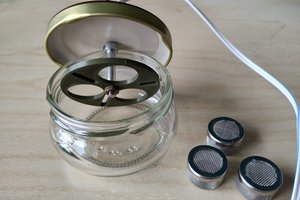
Hey man
as you must know there is a reason why manufacturers use steel sheets in they stator.
it's some kind of steel mixed with silicon and it's name is electrical steel
if you don't use electrical steel your motor would not be strong enough.